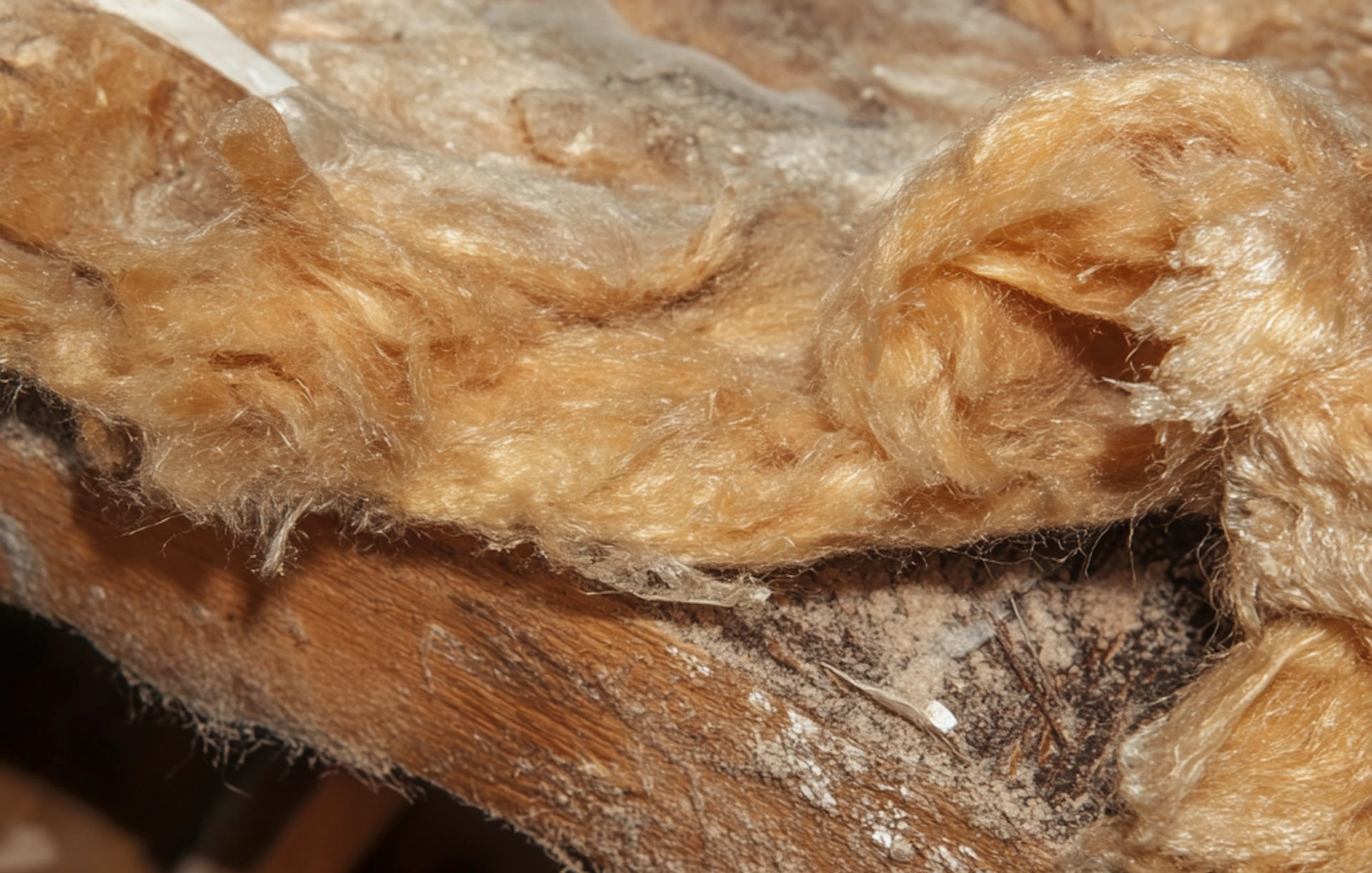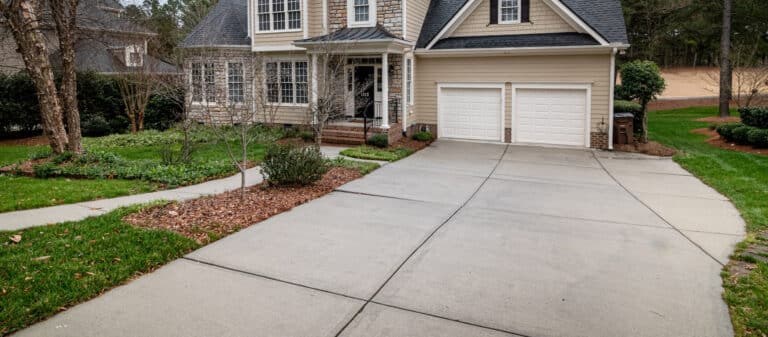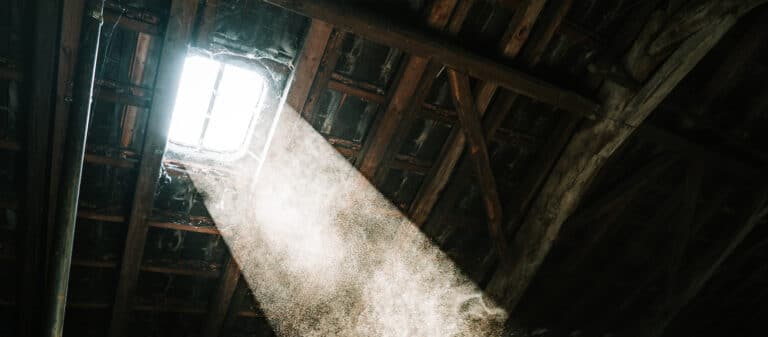Have you recently noticed an uptick in your energy bills? Have you spotted mold on your insulation? Has water penetrated through your walls?
These may be signs that you need to remove and replace your insulation.
In many instances, customers have come to us looking for new insulation to lower their utility bills, only to realize that they need to replace their old insulation first.
While insulation replacement can result in a higher bill, you will save more in the long run by installing new insulation and getting rid of damaged insulation that is impacting your health.
With that said, here are seven signs it’s time for insulation replacement in Northeast Pennsylvania.
Importance of Replacing Damaged Insulation
First, it’s important to understand why replacing old insulation is important. If, let’s say, you have old fiberglass batts that have no signs of physical damage or mold, in many cases, you can add on new spray foam or rigid board insulation as a second barrier.
However, if your insulation is moldy, damaged, or chewed up by pests, it can lead to several problems in your home, including:
- Higher energy bills
- Worsening allergy symptoms
- Mold exposure that spreads to other areas of the home
- Increased pest presence
- Increased drafts
If you have noticed any of these symptoms, it may be time to replace your old insulation.
7 Signs You Need to Replace Your Insulation
Not all insulation needs to be replaced, but if it exhibits any of these effects, it’s a sure sign it’s time to be replaced.
1. Spike in Allergy Symptoms
Worsening seasonal allergy symptoms inside your home can be a definite sign that your insulation is not working properly. Under ideal circumstances, your insulation would form a barrier between your home and any outdoor pollen that could lead to worsening symptoms.
Many times, mold exposure can also be confused with worsening allergy symptoms, which is also a sure sign you need to get rid of your old insulation.
2. High Energy Bills
If your heating and cooling systems are working overtime to maintain a comfortable temperature, it could be due to insufficient or degraded insulation. In many instances, you will notice a gradual increase or sometimes a spike in your utility bills. If there are no known defects with your HVAC system, it could be a sign your insulation is not working properly.
3. Drafts in Your Home
Feeling a draft in your home, especially near windows, doors, or in the attic, is a clear indication that your insulation is no longer effective. Drafts can make your home uncomfortable and force your HVAC system to work harder, leading to higher energy costs and a less comfortable living environment.
4. Moisture Issues and Mold Growth
Insulation helps regulate your home’s moisture levels, but if water penetrates through your walls or ceilings, it can be a harbinger of mold. If you start to notice moisture issues, such as condensation on windows or walls, or even mold growth, it could mean your insulation is compromised.
5. Pest Infestations
Old or damaged insulation can become a nesting ground for pests like rodents and insects that use old fiberglass as nesting materials. If you hear noises in your walls or notice droppings, it may be time to inspect your insulation.
6. Visible Deterioration
Performing a visual inspection will give you a good idea of the state of your insulation. Look for signs of wear or moisture damage to determine if it’s compromised.
7. Age of the Insulation
Insulation doesn’t last forever. Depending on the type, it can lose its effectiveness after 15-20 years. If your home’s insulation is approaching or exceeding this age, it’s wise to consider an upgrade, even if it’s just adding another layer of insulation.
Getting an insulation inspection is a good way to determine if you require insulation replacement. For all of your insulation needs in Northeast Pennsylvania, contact the experts at EnergySmart. We offer all kinds of insulation, from spray foam to cellulose, to make your home more energy-efficient and comfortable this season.
FAQs
How often should insulation be replaced?
Insulation typically lasts between 15 to 20 years, depending on the type and environmental factors. However, if you notice signs like high energy bills, drafts, or moisture issues, you might need to replace them sooner.
Can I add new insulation on top of the old insulation?
In some cases, adding new insulation on top of old insulation is possible, especially if the existing insulation is not damaged or wet. However, it’s essential to consult with a professional to ensure it’s the best approach for your home.
What types of insulation are available for replacement?
There are several types of insulation, including fiberglass, cellulose, spray foam, and rigid foam. Each type has its benefits and is suitable for different areas of your home. A professional can help you choose the best option based on your needs.











